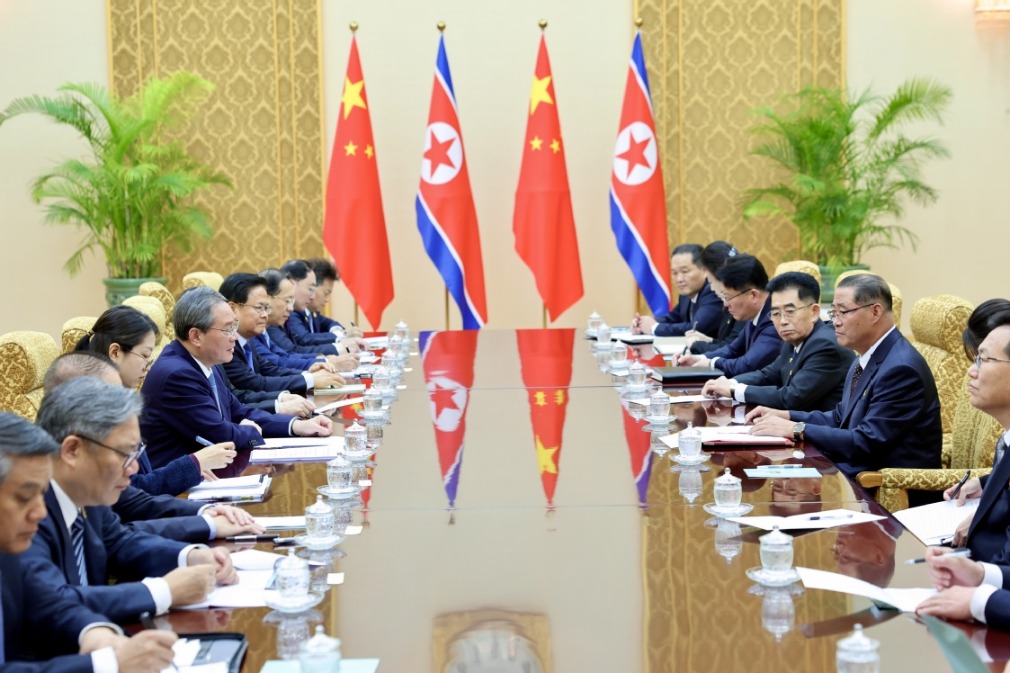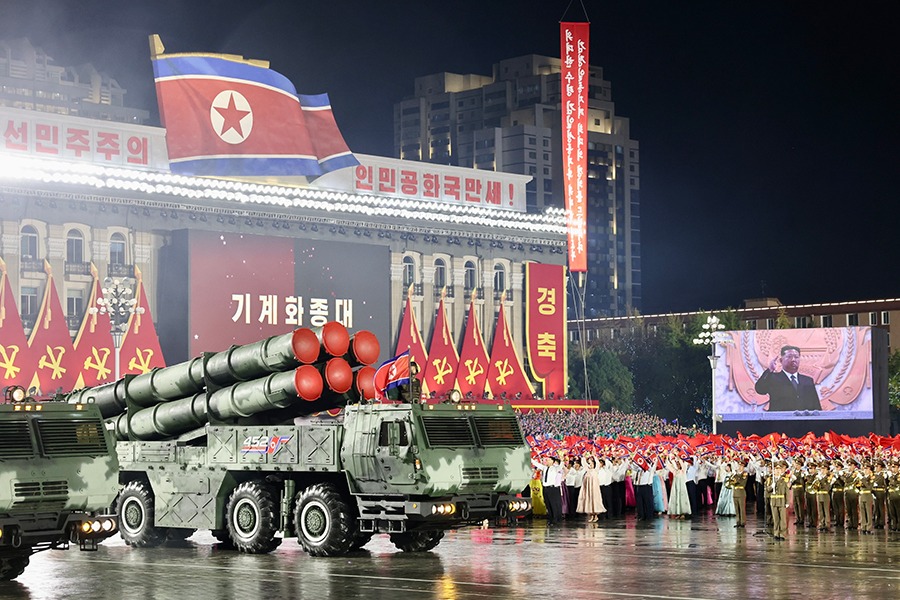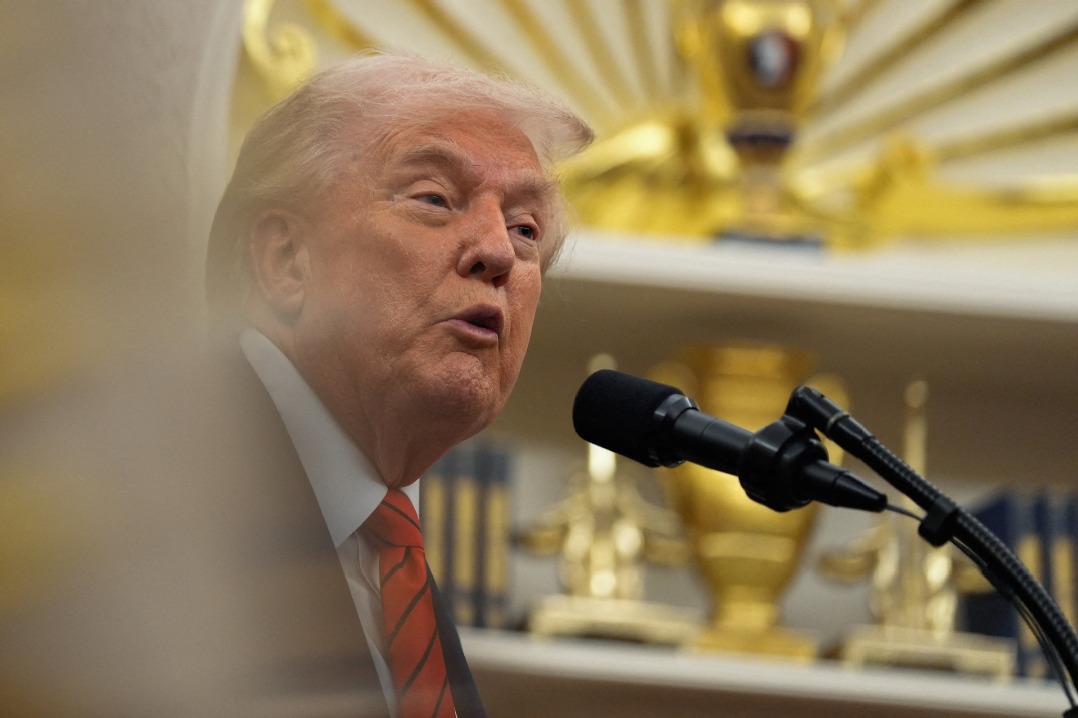Vitality key to overall rural development


Grain production and environmental protection among main tasks this year
With the political season heating up during the ongoing annual two sessions in Beijing, rural vitalization is once again the focus of attention.
"Simply put, it directly concerns China's economic and social stability. These two concerns lie at the heart of policies advancing rural vitalization and achieving common prosperity," Jon Taylor, chair and professor of political science and geography at the University of Texas in San Antonio, told China Daily.
Taylor, who has been studying China's domestic policy for many years, noted that agriculture and rural development have been high on the agenda for years.
"Every year, China releases its No 1 Central Document, which is the first policy statement released by central authorities each year, and is seen as an indicator of policy priorities," he said.
"For the last two decades, agriculture and rural areas have consistently remained China's top policy priorities. This underscores the high priority China places on agricultural issues."
This year, the document outlined nine major tasks, all centered around fully promoting rural vitalization, according to Taylor. "The tasks include grain production, agri-infrastructure, sci-tech investment, environmental protection, and high-quality rural development. All are aligned with China's goals of socialist modernization," he said.
President Xi Jinping's emphasis on rural vitalization is part of a greater effort toward promoting Chinese-style modernization, Taylor said.
Indeed, the No 1 Central Document has shown that the current government views rural vitalization and development as the most difficult goal to achieve because the country has to feed about one-fifth of the global population with less than 10 percent of the world's arable land.
Taylor said that the goal of Chinese-style modernization has always been aimed at "fostering its decadeslong pursuit of a 'moderately prosperous society in all respects', as well as achieving the goal of creating a modern socialist country that is prosperous, strong, democratic, culturally advanced and harmonious by 2049".
Rural vitalization is regarded as one of the country's most important national strategies and will potentially improve the lives of hundreds of millions in the countryside, Taylor said.
"The rural vitalization strategy aims to boost agricultural productivity, reduce China's urban-rural income disparity, and promote the equalization of basic public services. In doing so, China hopes to accelerate the modernization of agriculture and rural areas," he said.
"Ultimately, the rural vitalization policy aims to improve the quality of life for rural residents. Without a thriving countryside, China will have difficulty achieving its goals of national rejuvenation and socialist modernization."

































